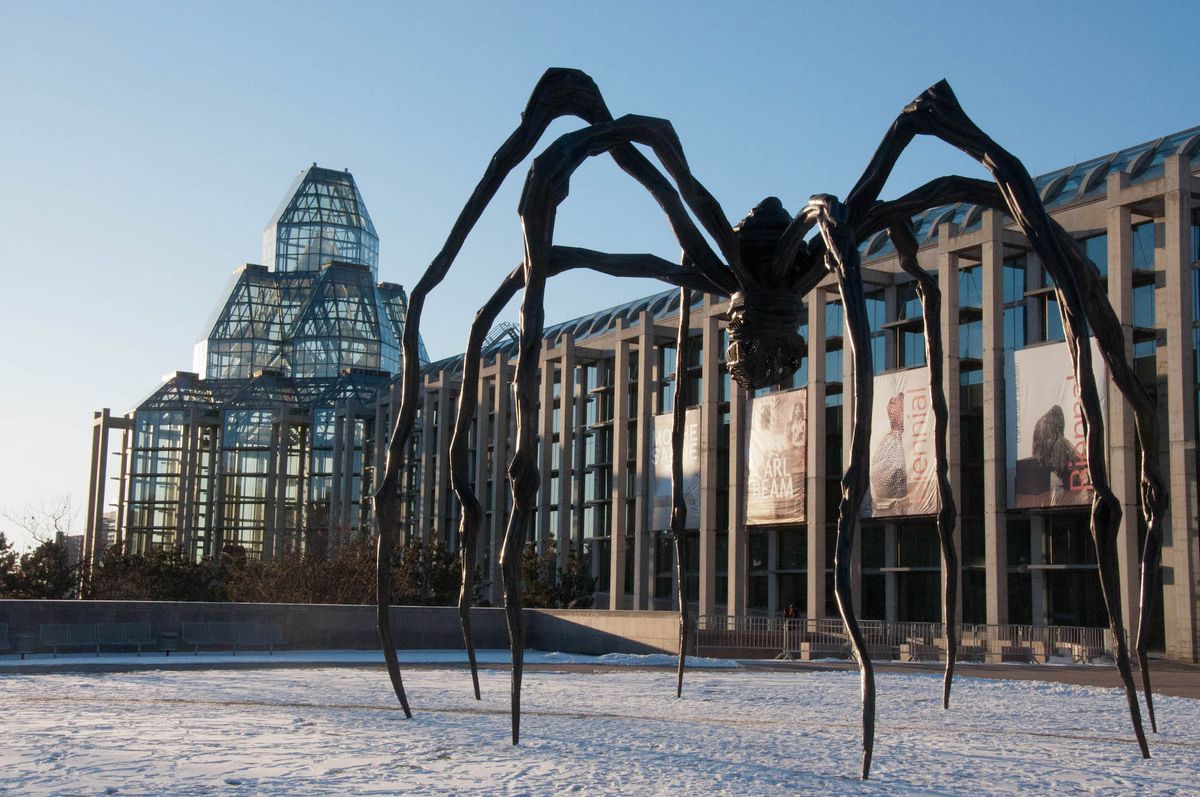There is welcome news in Ottawa, home of the National Gallery of Canada (NGC), a city that has been under a state of emergency the past while due to the ongoing “Freedom Convoy” protest. The gallery, which had closed due to the Omicron surge but has delayed its re-opening because of the demonstrations, announced on 8 February that it had created a Department of Indigenous Ways and Decolonisation, naming Steven Loft as the department’s vice-president. Michelle LaVallee will assume the role of director as of 21 March. The department will focus on examining and re-imagining the gallery’s programming and policies to better reflect Canada’s diversity and its Indigenous populations.
“This will build on the work of the Indigenous gallery staff who have brought to life historic exhibitions such as the Alex Janvier retrospective and Àbadakone, while building a rich collection of contemporary international Indigenous art,” said Sasha Suda, the gallery’s director and chief executive, in a statement.
Loft, who is Kanien’kehá: ka (Mohawk) and also of Jewish heritage, was most recently a director with the Canada Council for the Arts, handling strategic initiatives for Indigenous arts and culture. He will work with Angela Cassie, the gallery’s vice-president of strategic transformation and inclusion. “I’m excited to be joining the gallery team at such a transformational time,” Loft said when the announcement was made. “For Indigenous peoples and others who have not seen themselves in the narratives of this land, it’s time for their stories to be forefront in our shared journey of decolonisation and society building.”
LaVallee, who is is Anishinaabe (Ojibway) and a member of the Neyashiingamiing Chippewas of Nawash Unceded First Nation in Cape Croker, Ontario, with Canadian settler heritage from her mother, is currently director of the Indigenous Art Centre at Crown-Indigenous Relations and Northern Affairs Canada in Gatineau, Québec. On joining the gallery she will work in close collaboration with Loft and other senior management, as well as with the curatorial department, including the Indigenous art team.
“My career is dedicated to championing Indigenous art and artists within institutions,” she said. “I believe the gallery is a site for storytelling and knowledge sharing with and in service of Indigenous Peoples. I am invested in change, and work to challenge historical relationships with art and history museums towards respect, trust, reciprocity and accountability towards a new way of engaging with people, space, and the land.”
Loft has a wide range of experience, being a curator, scholar, writer and media artist. In 2010, he was named Trudeau National Visiting Fellow at Toronto’s Ryerson University. He served as curator-in-residence of Indigenous art at the National Gallery and has served as a director or curator at galleries in Winnipeg (the Urban Shaman Gallery) and Hamilton (the Art Gallery of Hamilton). He has written extensively, too, for magazines, catalogues and arts publications as well as co-editing two books.
As director of the Indigenous Art Centre, LaVallee was responsible for the development, care, and management of Canada’s oldest and only federal heritage collection devoted to Indigenous art. She was curator at the MacKenzie Art Gallery in Regina for a decade, racking up many honors while there, including three Saskatchewan Book Awards. Among the artists she has worked with are Kent Monkman, whose work was recently featured in the Great Hall of New York’s Metropolitan Museum of Art.
Last year, at the opposite end of Canada, the Royal British Columbia Museum closed its galleries devoted to local history, including Indigenous artefacts and architecture, to undertake what museum leaders dubbed a “process of decolonisation”.


